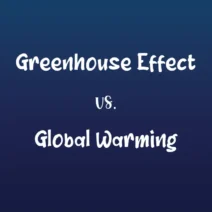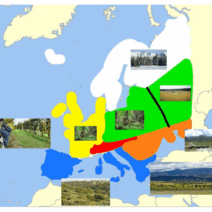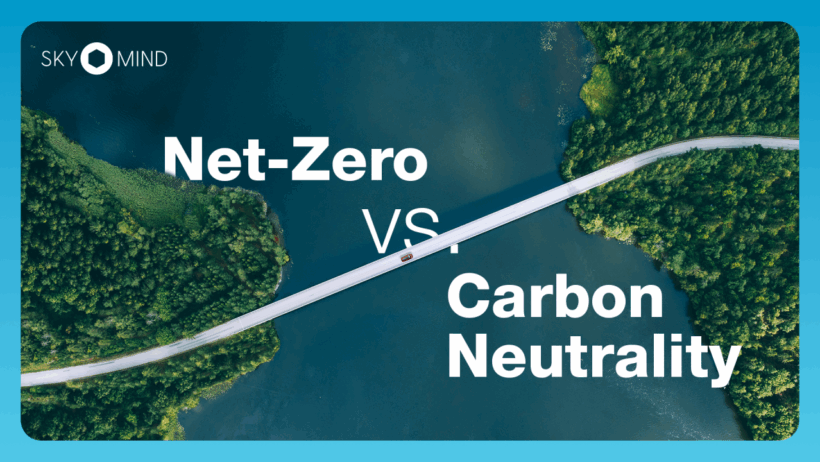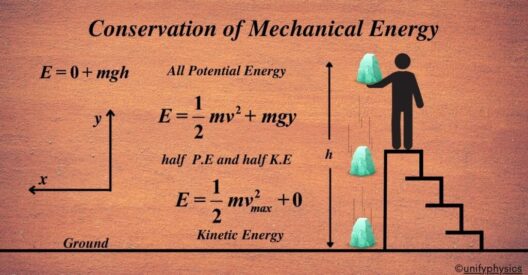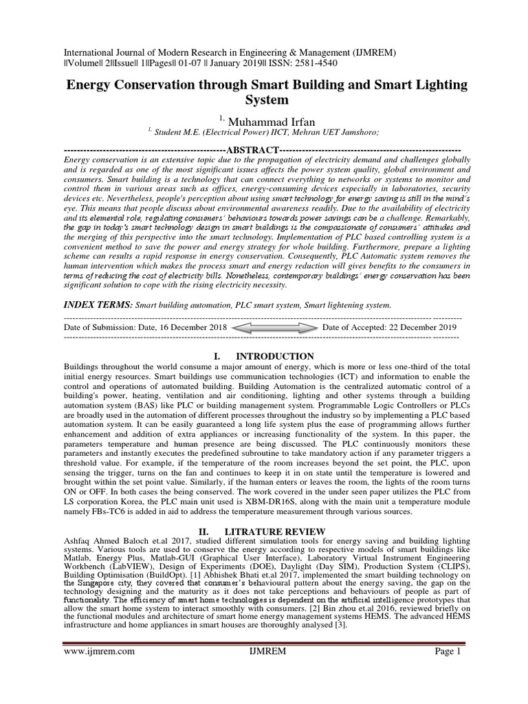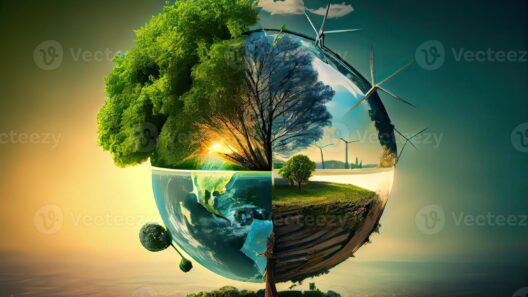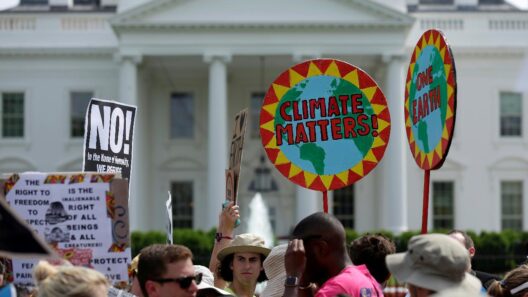The carbon cycle is an intricate web of exchanges that sustains life on Earth, playing a critical role in regulating our climate. Have you ever pondered how your daily activities influence this cycle? Imagine a world where our choices contribute positively to the environment rather than exacerbating climate change. How can we harness this complex system for not only survival but prosperity?
To embark on this exploration, it is vital to dissect the carbon cycle, understand its stages, and appreciate the symbiotic relationships that link carbon to various forms of life. The cycle essentially comprises four major reservoirs: the atmosphere, terrestrial ecosystems, oceans, and sediments. Each reservoir interacts dynamically, ensuring the continuity of carbon through biological, geological, and chemical processes.
In the atmosphere, carbon primarily exists as carbon dioxide (CO2), a crucial greenhouse gas that traps heat. Plants, through the process known as photosynthesis, absorb atmospheric CO2 and convert it into organic compounds, thereby laying the groundwork for life. In this stage, a curious question arises: What if every individual recognized the power of photosynthesis in nurturing the planet?
In terrestrial ecosystems, carbon stored in trees, soil, and other vegetation supports a vibrant tapestry of life. When plants and animals die, their decomposition returns carbon to the soil, making it available for new growth. This highlights the importance of biodiversity; a diverse ecosystem can better sequester carbon and enhance resilience against climate shocks. Yet, the looming challenge is human activity, which significantly alters these ecosystems. Deforestation, urbanization, and agriculture disrupt the delicate balance. How can society reverse this trend while fostering development?
The oceans represent the planet’s largest carbon sink. They absorb about one-quarter of anthropogenic CO2 emissions. Phytoplankton—microscopic plants in the sea—perform a similar function to terrestrial flora, absorbing CO2 and releasing oxygen as a byproduct. However, ocean acidification, caused by increased CO2 levels, threatens marine biodiversity and, consequently, our food security. Here arises another playful question: What if we designed policies that encourage the protection of marine habitats while addressing climate change?
As we consider sedimentary reserves, it’s essential to understand how carbon is sequestered long-term. Over millions of years, organic matter can become fossil fuels, locked away in the Earth’s crust. Extracting and burning these fuels release ancient carbon, contributing to the current climate crisis. The challenge posed here is profound: how do we transition from carbon-intensive energy sources to sustainable alternatives without destabilizing economies?
Human beings have an immense capability to alter the carbon cycle. Industrialization, automobile emissions, and burning of fossil fuels have dramatically increased the concentration of CO2, creating an imbalance. This imbalance leads to global warming—alterations in weather patterns, increased frequency of extreme weather events, sea-level rise, and loss of biodiversity. The connections here cannot be overstated; every action reverberates throughout the cycle.
Engaging with the carbon cycle means recognizing the interconnectedness of our lives and the environment. Are we, as stewards of the Earth, aware of our impact? That awareness is the first step toward mitigating our effect on the carbon cycle. One potential pathway is enhancing our role as carbon custodians—implementing practices that improve carbon sequestration, such as regenerative agriculture, reforestation, and sustainable fisheries.
The idea of reducing carbon emissions is not solely a challenge; it also presents an opportunity for innovation. Investing in renewable energy technologies, such as wind, solar, and geothermal, can minimize our reliance on fossil fuels. Imagine cities powered primarily by clean energy, where communities thrive in harmony with their surroundings. Could this vision inspire a global movement towards carbon neutrality?
Education plays a pivotal role as well. By fostering a deeper understanding of the carbon cycle within educational curricula, future generations can develop a more nuanced perspective on environmental stewardship. They will possess the skills necessary to invent solutions for the challenges posed by climate change. What would our world look like if every child learned about the critical nature of the carbon cycle as part of their education?
At the individual level, seemingly minor lifestyle changes can yield significant benefits when aggregated. Simple actions such as reducing meat consumption, using public transport, or incorporating energy-efficient appliances can contribute to lower carbon footprints. Collectively, these choices can shift societal norms and influence policymakers to enact sustainable practices. How can we cultivate a culture that celebrates environmental responsibility in everyday life?
Restoration of ecosystems is fundamental. Through initiatives like wetland restoration and afforestation, we can bolster our carbon sinks, counteracting emissions while reviving lost biodiversity. Every tree planted or wetland restored is a step toward rectifying the human-induced disruptions to the carbon cycle. How empowered would communities feel if they were to take active roles in restoring their environments?
In conclusion, the carbon cycle is not merely a scientific concept; it embodies the essence of life and climate on Earth. The interconnectedness of this cycle unifies us all—each choice we make threads through its complex layers. By understanding our role within this cycle, we can foster a sustainable future. The questions posed throughout this discussion challenge us to re-evaluate our actions and inspire collective efforts. It is a matter of urgency—and opportunity—to engage in conscious practices that honor the carbon cycle and, by extension, our planet. Together, we can chart a course toward resilience and regeneration in the face of climate change.
